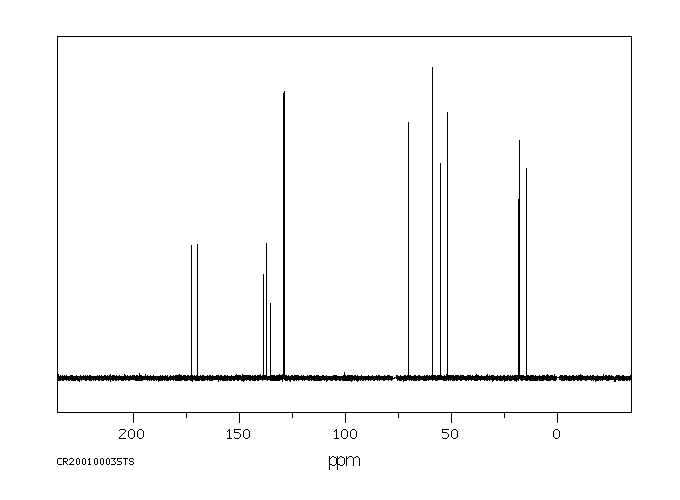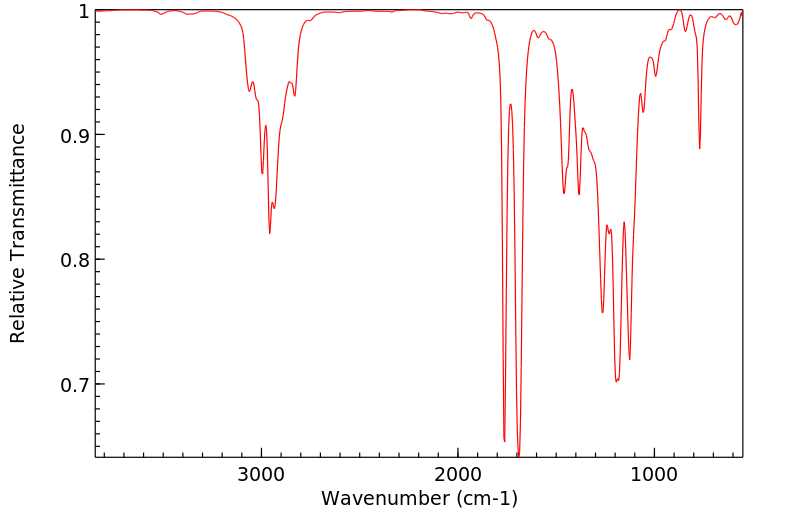代谢
最近的一项综合研究评估了甲霜灵在雄性和雌性斯普拉格-道利大鼠体内的药代动力学,这些大鼠接受了单次静脉注射(1毫克/千克)、单次口服低剂量(1毫克/千克)、单次口服高剂量(200毫克/千克)或重复口服低剂量(1毫克/千克/天,连续14天)。吸收、分布和消除模式与先前的发现一致。除了雌性主要通过尿液排泄,雄性主要通过粪便排泄外,没有观察到主要的剂量或性别差异。甲霜灵容易被吸收(静脉注射和口服消除轮廓相似),广泛代谢(排泄物中不到1%的母体化合物),并且迅速消除(24小时内消除70-80%)。确定了十个代谢物。尿液中的大部分代谢物是结合的(葡萄糖苷酸或硫酸盐),而粪便中的代谢物大多是未结合的。尿液和粪便中的主要代谢物是N-(2,6-二甲基苯基)-N-(羟基乙酰)丙氨酸。提出了三个主要和一个次要的代谢途径。一个途径涉及醚的水解,随后是产生的醇的氧化、酯的水解或酯链的N-脱烷基化。第二个途径涉及将芳香甲基氧化为苯甲酸或酯的水解。第三个主要途径是酯的水解,有时随后形成苯甲酸。次要途径涉及在苯环的间位上进行羟基化。尿液中两种主要代谢物未被鉴定。...
A recent comprehensive study evaluated metalaxyl pharmacokinetics with male & female Sprague-Dawley rats following a single iv dose (1 mg/kg), single oral low dose (1 mg/kg), single oral high dose (200 mg/kg), or repeated oral low doses (1 mg/kg/day for 14 days). The absorption distribution, & elimination patterns were consistent with previous findings. No major dose or sex differences were observed except that urine was th predominant elimination route for females whereas feces was the major route for males. Metalaxyl was readily absorbed (similar iv & oral elimination profiles), extensively metabolized (<1% parent compound in excreta), & rapidly eliminated (70-80% in 24 hr). Ten metabolites were identified. The majority of urinary metabolites were conjugated (glucuronide or sulfate) whereas fecal metabolites were mostly unconjugated. The major metabolite in urine & feces was N-(2,6-dimethylphenyl)-N-(hydroxyacetyl) alanine. Three major & one minor metabolic pathways were proposed. One pathway involved hydrolysis of the ether, followed by oxidation of the resulting alcohol, ester hydrolysis, or N-dealkylation of the ester chain. A second pathway involved oxidation of an aromatic methyl to the benzylic acid or ester hydrolysis. The third major pathway was ester hydrolysis, sometimes followed by benzylic acid formation. The minor pathway involved hydroxylation at the meta position of the phenyl ring. Two major metabolited in urine were not identified. ...
来源:Hazardous Substances Data Bank (HSDB)










